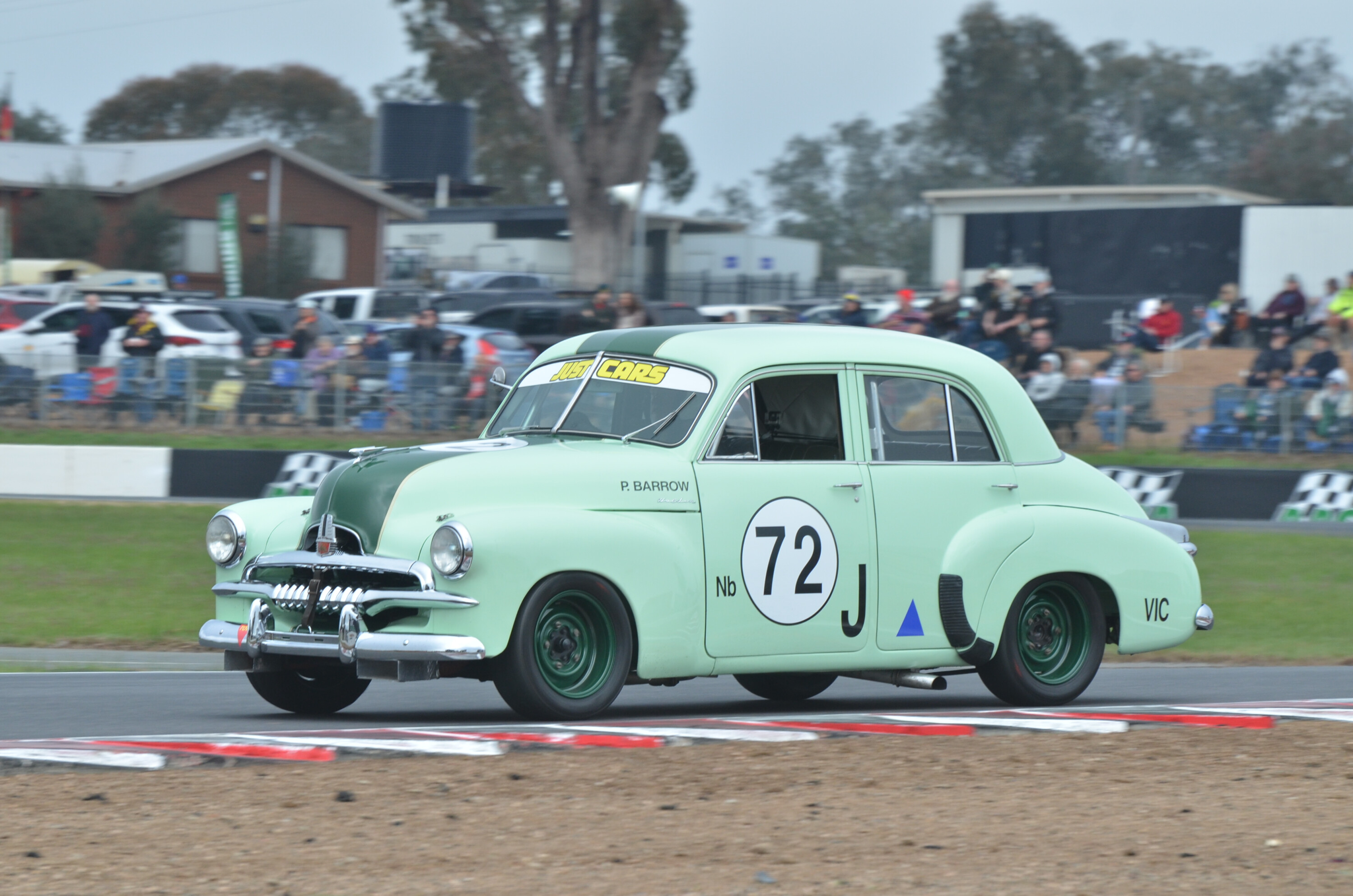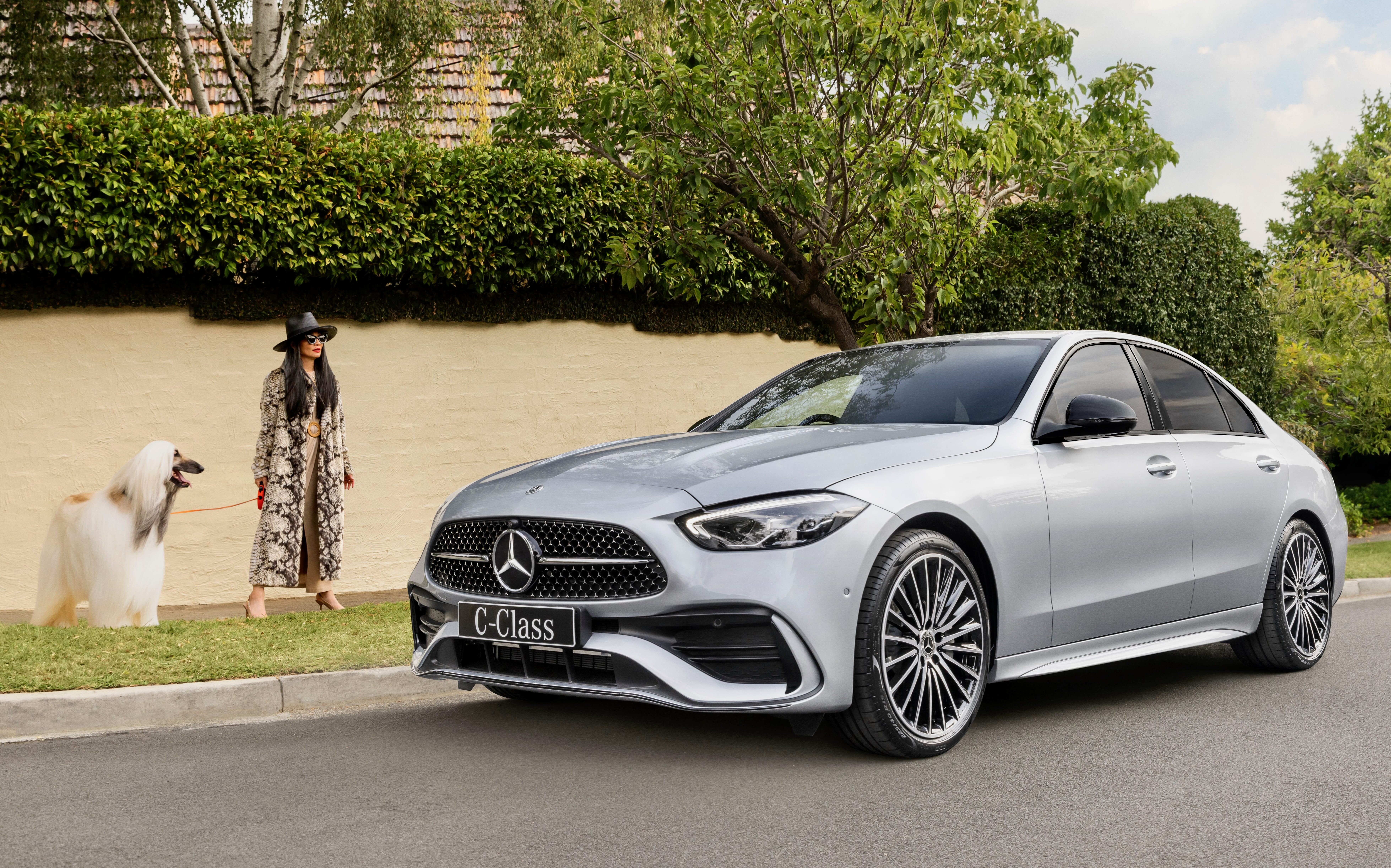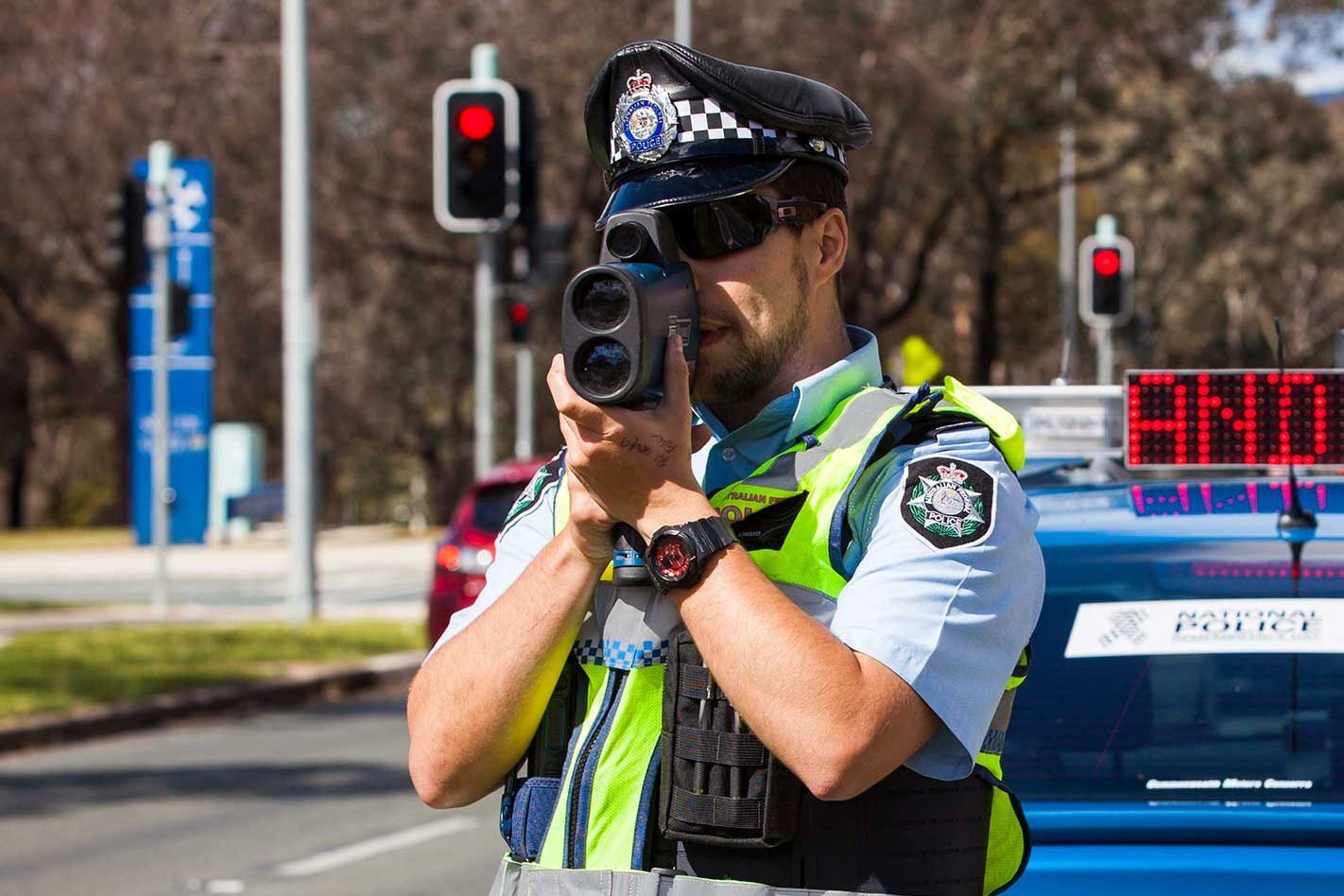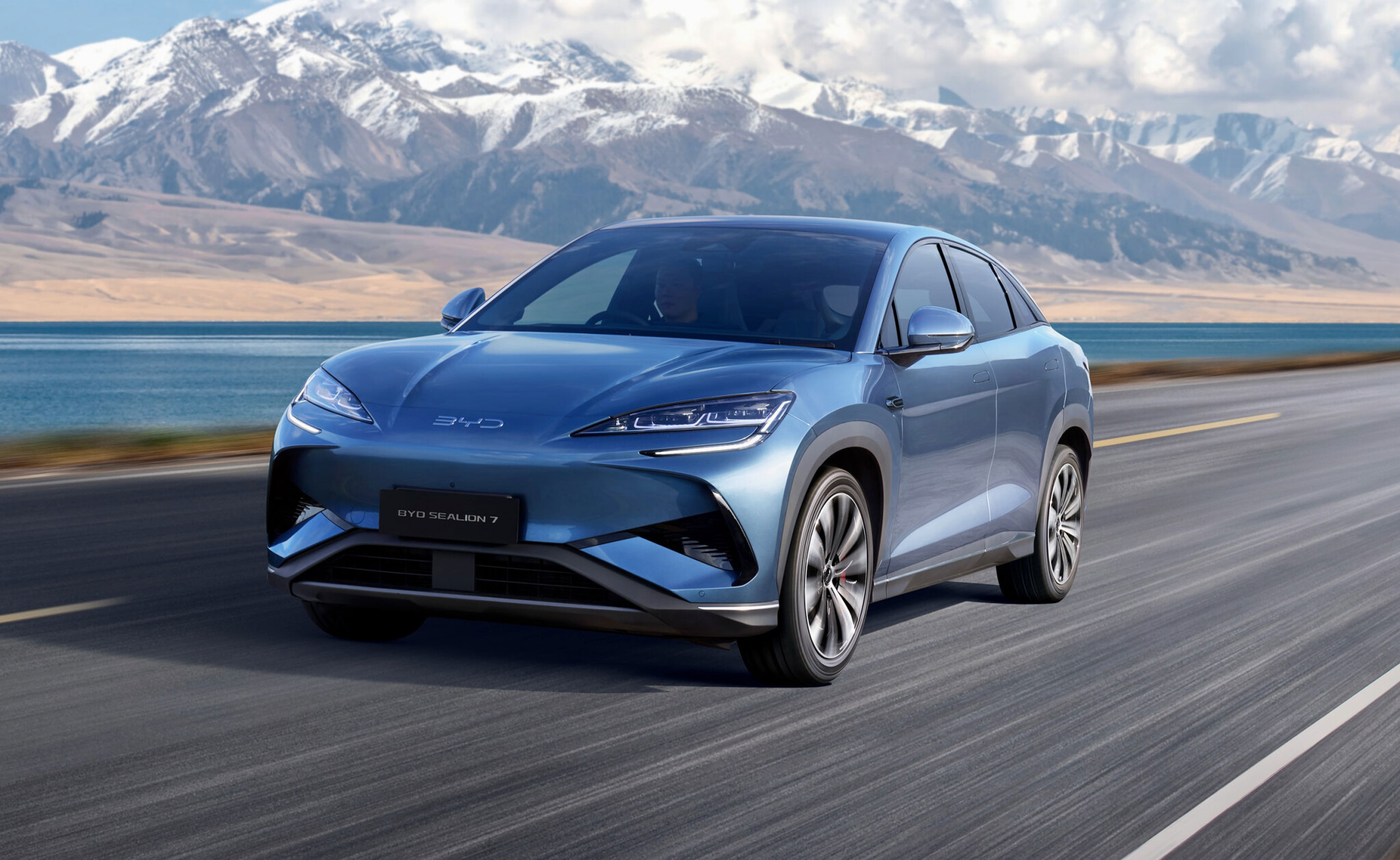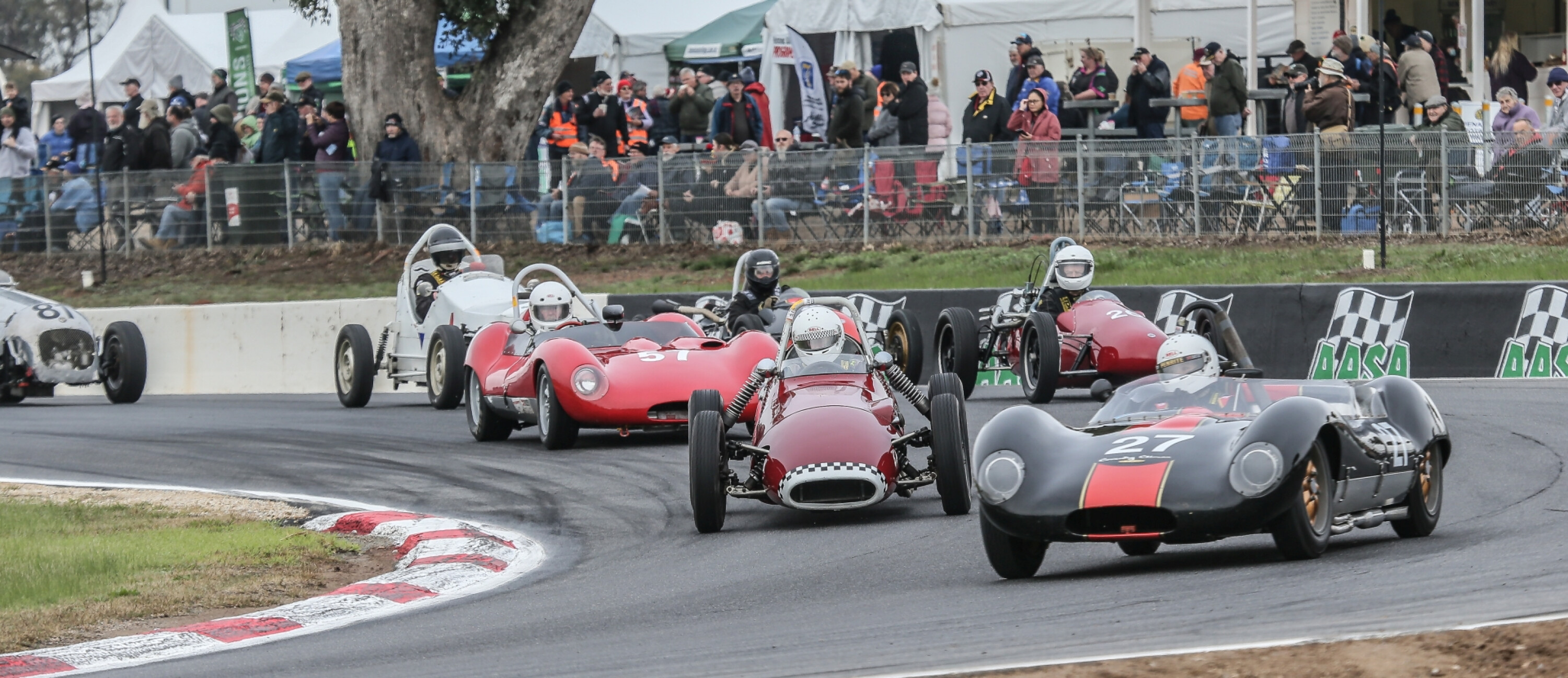
A recent survey conducted by the Australian Motor Heritage Foundation has revealed the economic expenditure of historic vehicle owners across the country.
Snapshot
- Close to 970,000 historic vehicles nationwide – costing owners around $10,240 per vehicle, per year.
- Three largest areas of expenditure are mechanical repairs, parts and accessories, and bodywork.
- Historic vehicle sector generating 79,000 jobs and $6.2 billion in wages and salaries annually..
- Historic vehicles are maintaining and encouraging local manufacturing, training and skills.
Inspired by the landmark 2020 HERO-ERA study undertaken in the UK, the Australian survey, conducted by The Mercurius Group, queried over 6000 respondents across 800 motoring clubs across Australia as part of a nationwide Economic Value Study. The results were surprising, including an approximated $10 billion annual expenditure on historic vehicles.
“In carrying out this study, we have shown that the historic vehicle movement is a large and vibrant part of Australia’s society and economy”, said the Australian Motor Heritage Foundation.
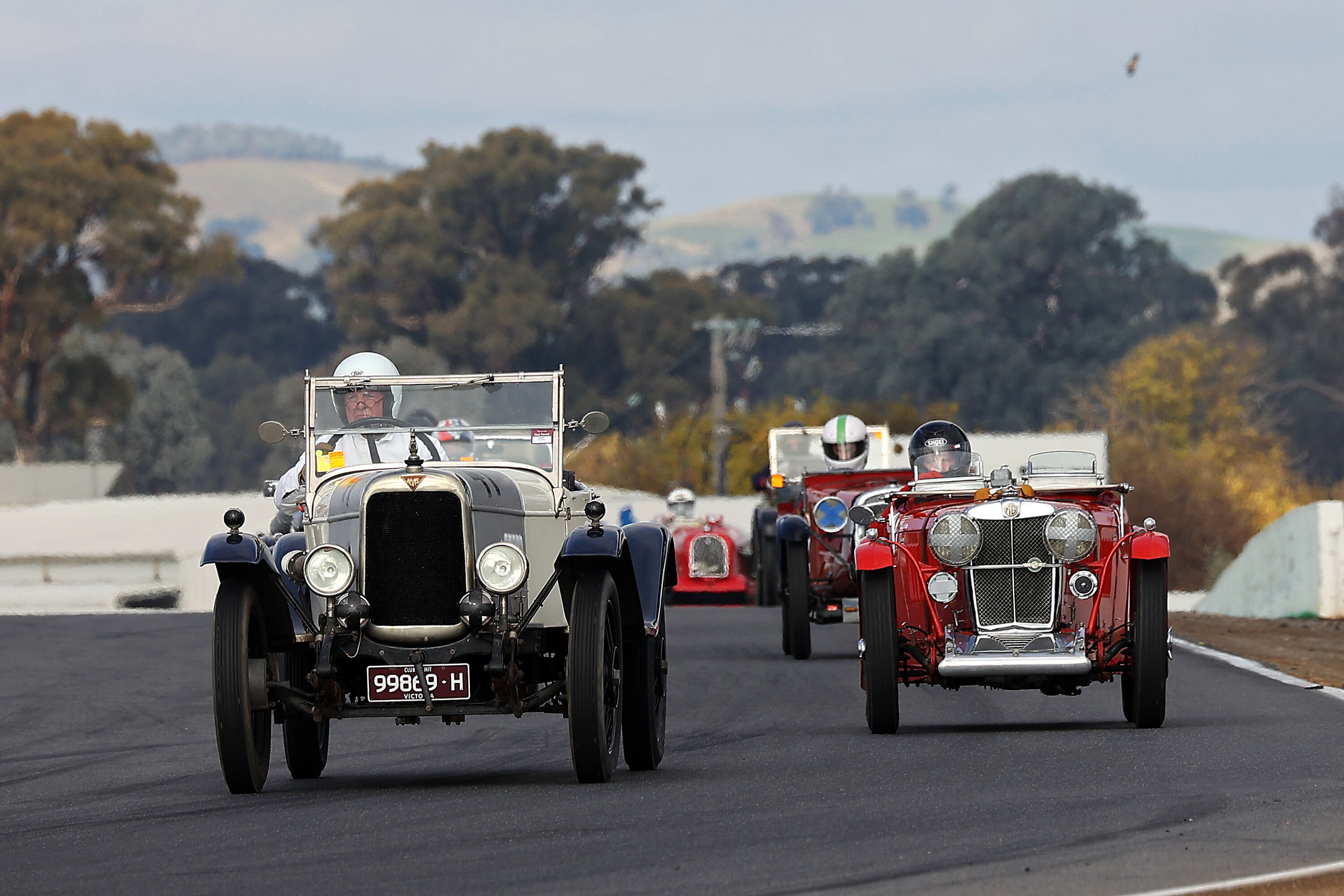
“Historic” vehicles are defined by two categories: those 15-30 years old are defined as classic vehicles, and vehicles over 30 years old are defined as heritage vehicles.
Enthusiast owners of approximately 970,000 historic vehicles in Australia spend an average of $10,240 on each vehicle, per year – 12.5% more than people who own daily driven cars.
The historic fleet represents 4.4% of Australia’s total vehicle fleet of 21 million. Around half of the survey respondents own one historic vehicle, with the other half owning two or more.
Until now, there has not been a comprehensive survey of this nature conducted.
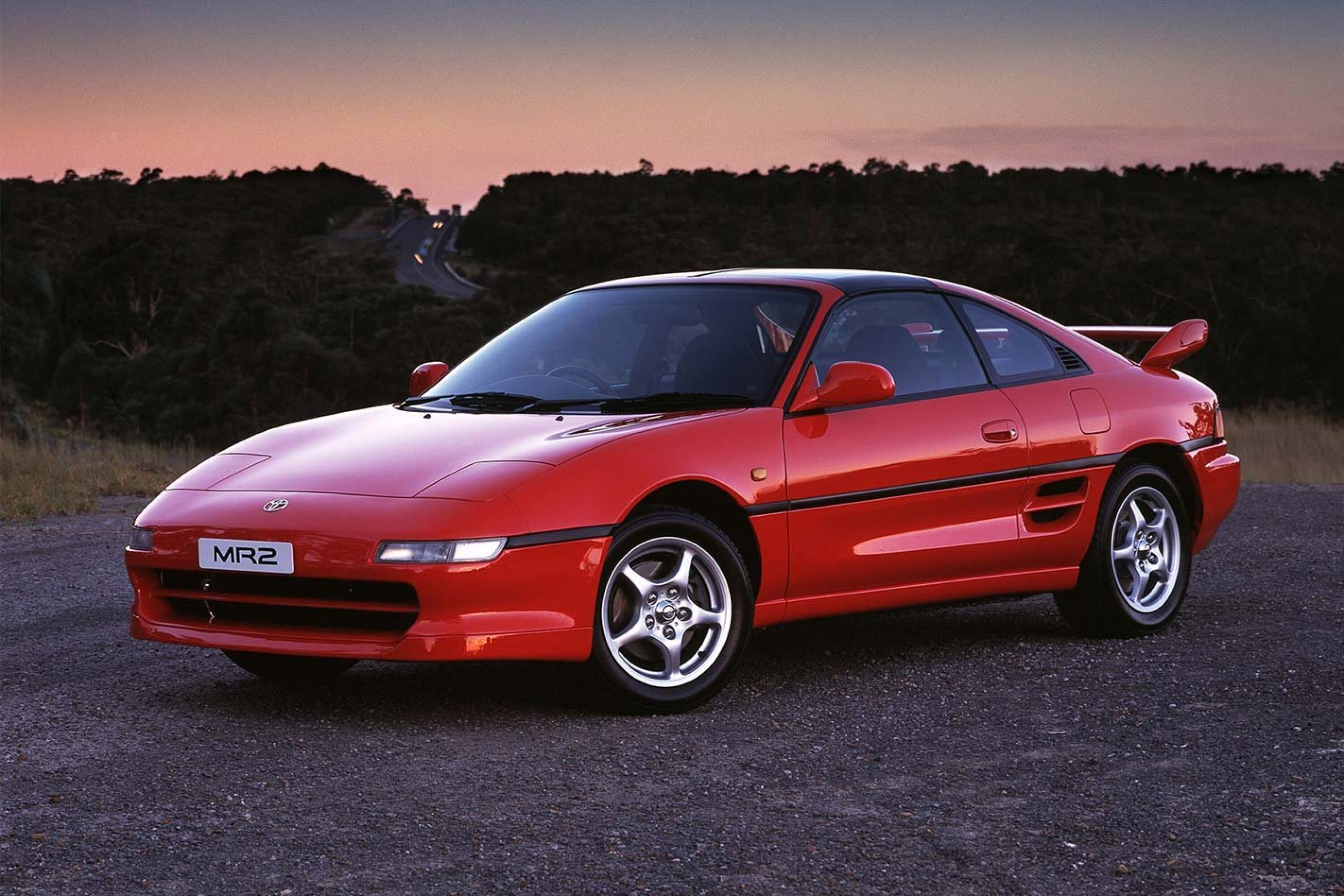
“The findings of this report have certainly highlighted the significance of the historic vehicle sector to both the community at large and the economic sector.” – Hugh King, Chairman of the Australian Motor Heritage Foundation.
“The response from Australia’s motoring club members has been unprecedented; the economic modellers have never had so large a data pool to work with, proving motoring enthusiasts care as passionately about their historic vehicles as they do having their voices heard,” Mr King added.
“In carrying out this study, we have shown that the historic vehicle movement is a large and vibrant part of Australia’s society and economy.”
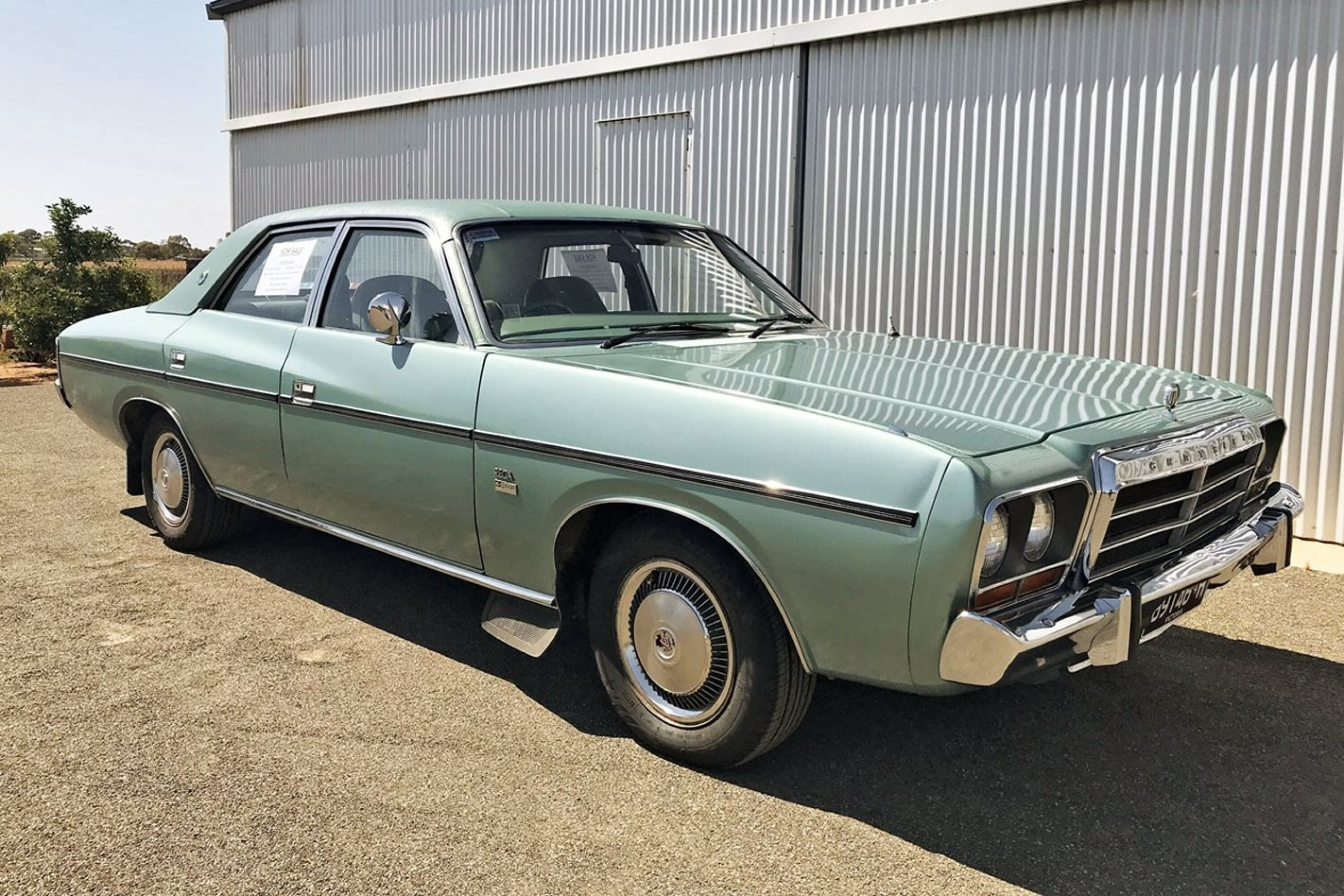
The survey also revealed the total economic impact of $25.2 billion, with the sector creating nearly 79,000 jobs, generating $6.2 billion in wages and salaries annually.
Stavros Yallouridis, CEO of the Motor Traders’ Association of NSW said: “Despite the end of local vehicle manufacturing, Australia maintains a rich and diverse automotive industry, which employs hundreds of thousands of people across a range of roles… The automotive sector is one of the backbones of our economy and is also at the heart of our communities.
“This survey, and the enthusiastic response, highlights the necessity for Australia to back its automotive sector with world-class training, local skills development and career pathways.”
